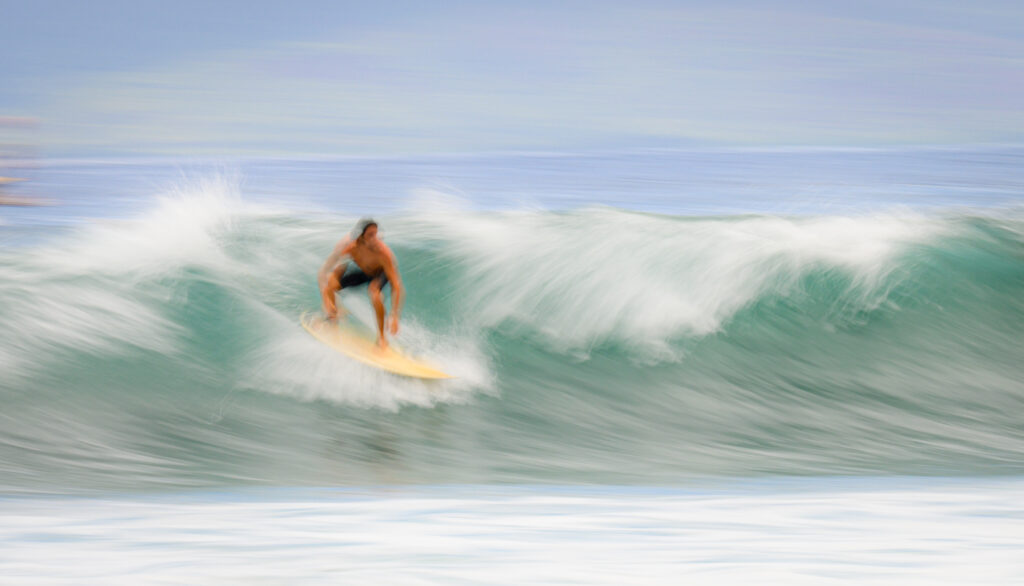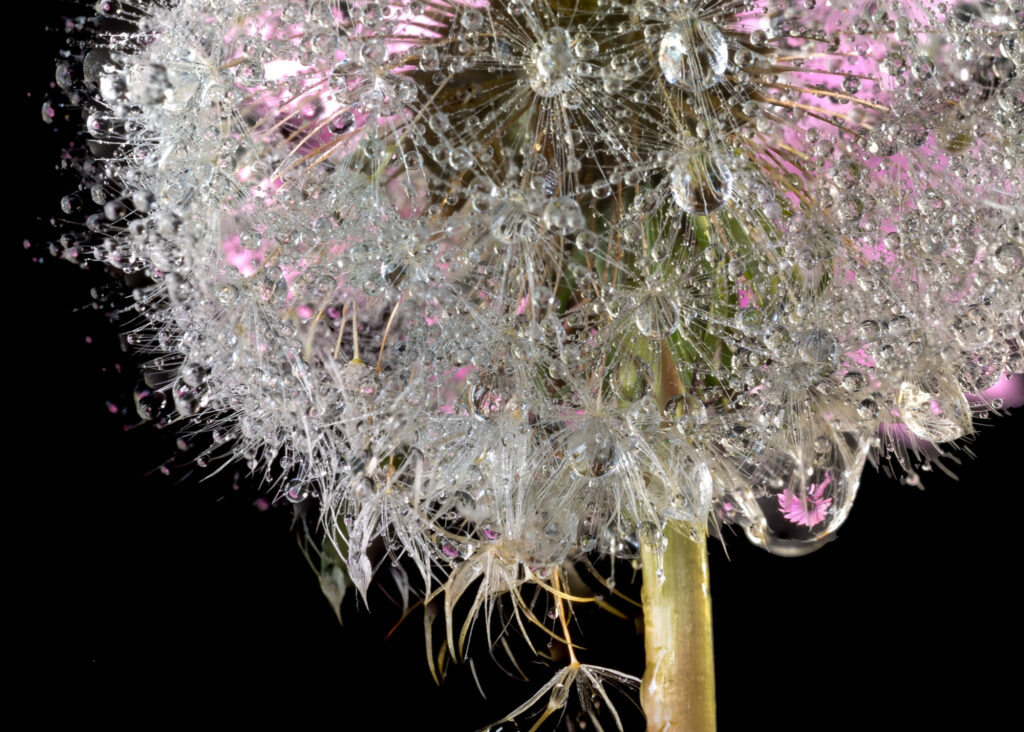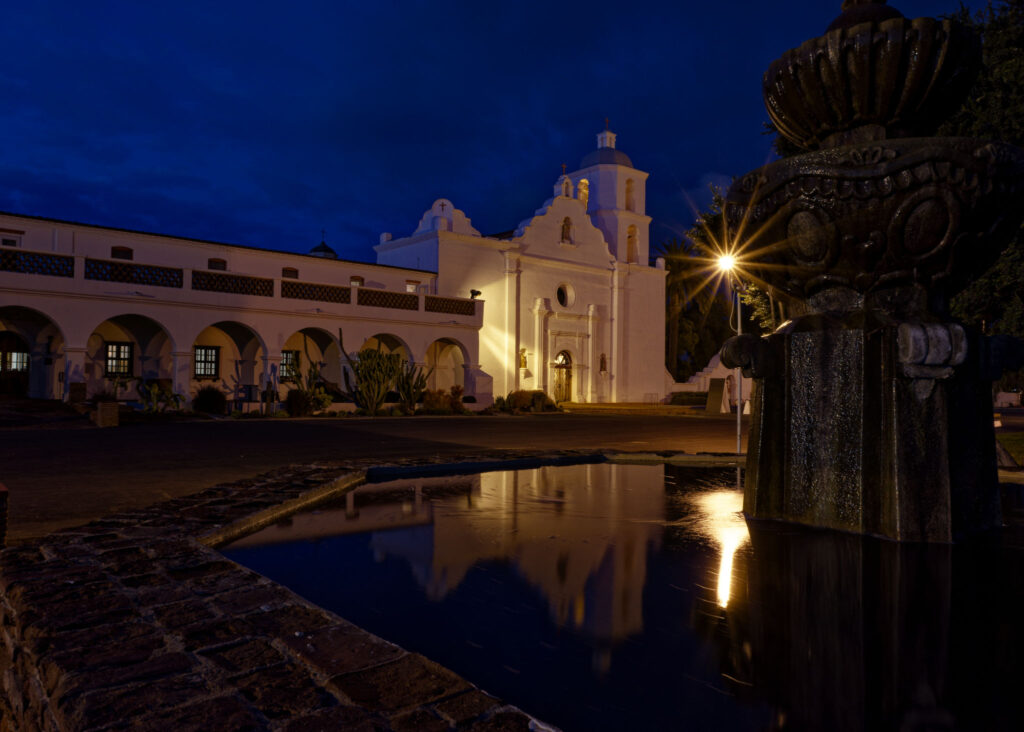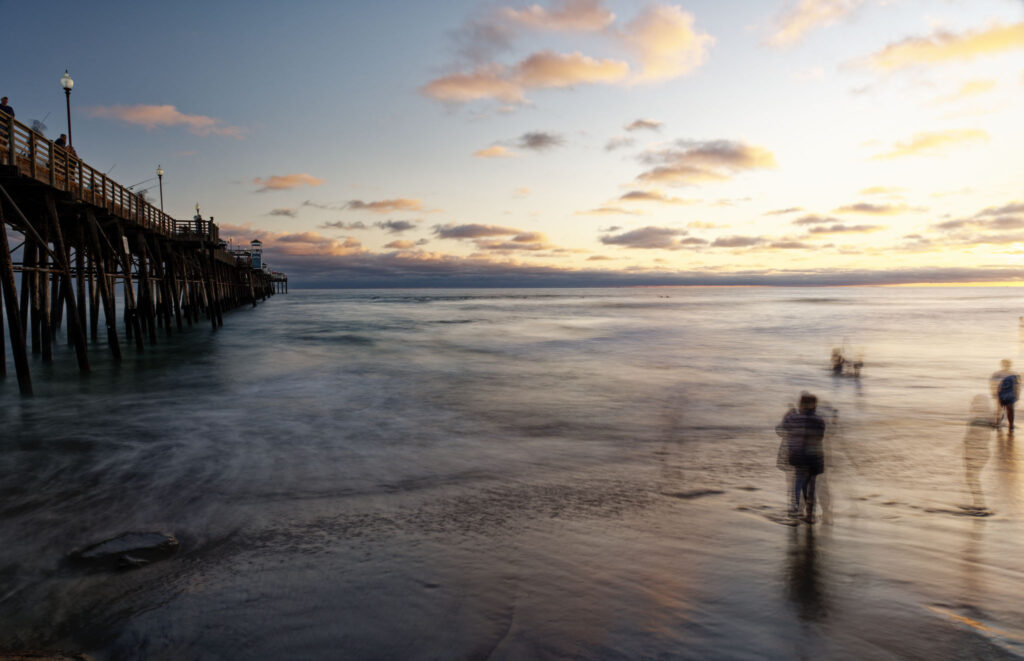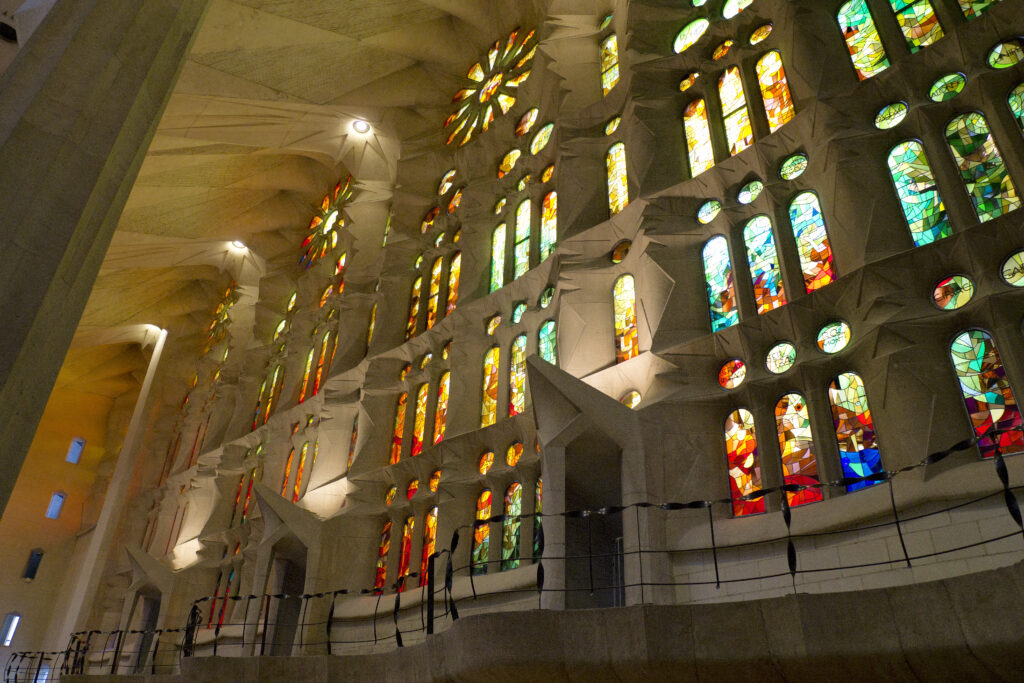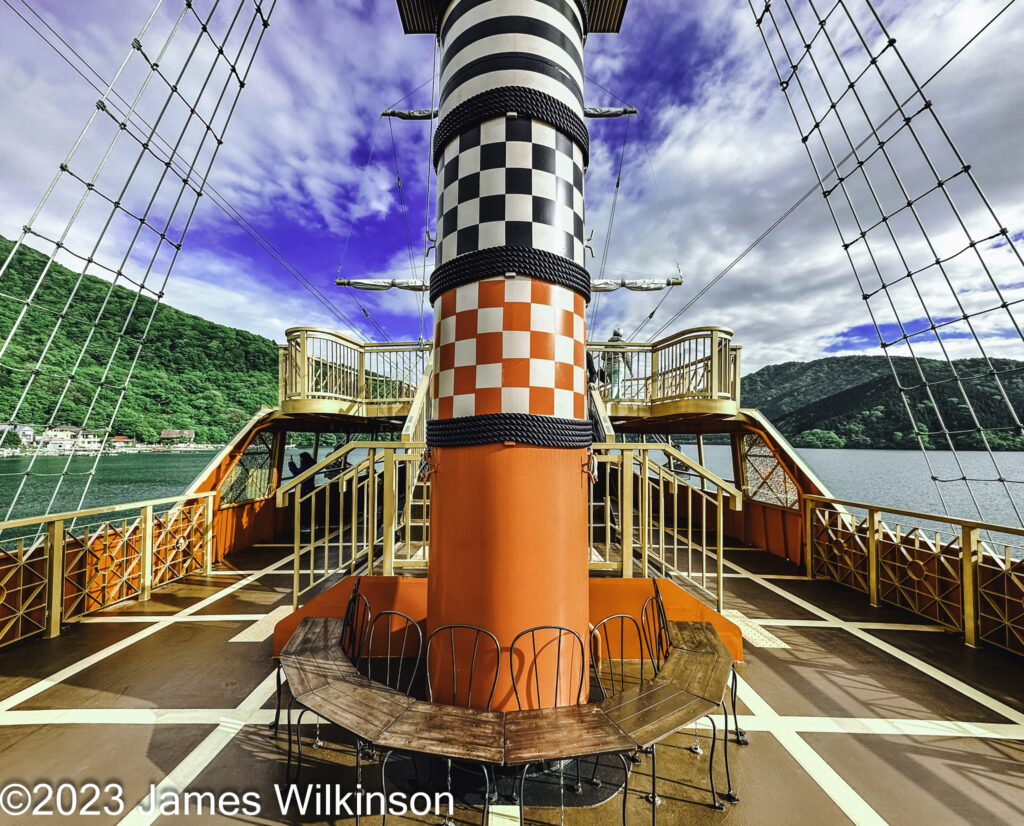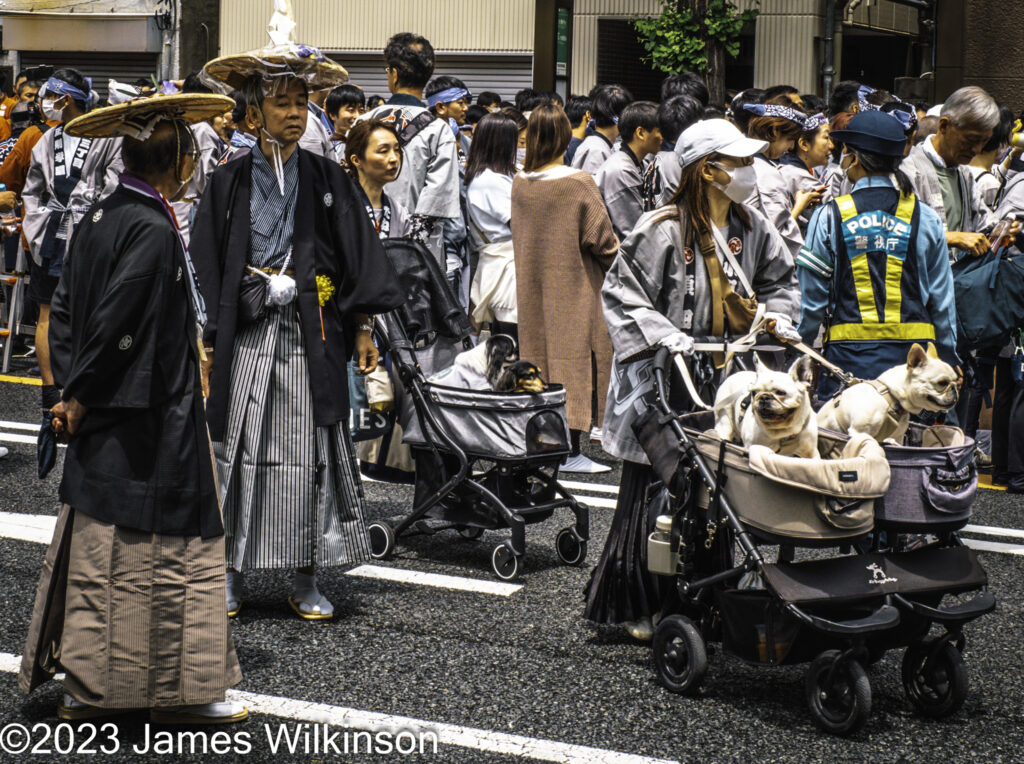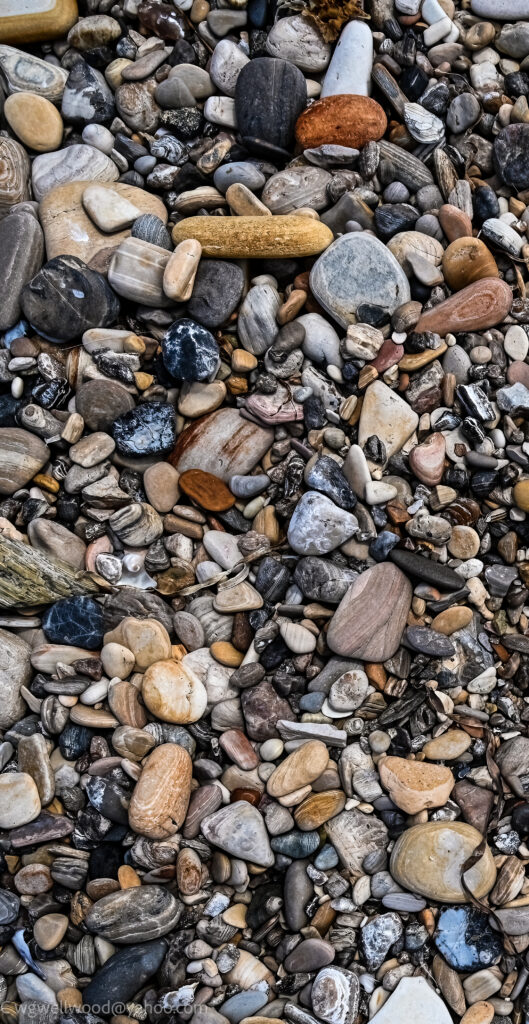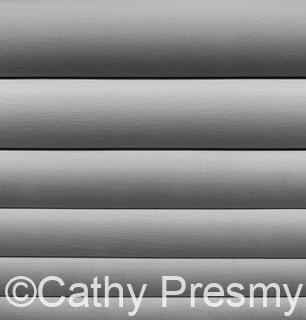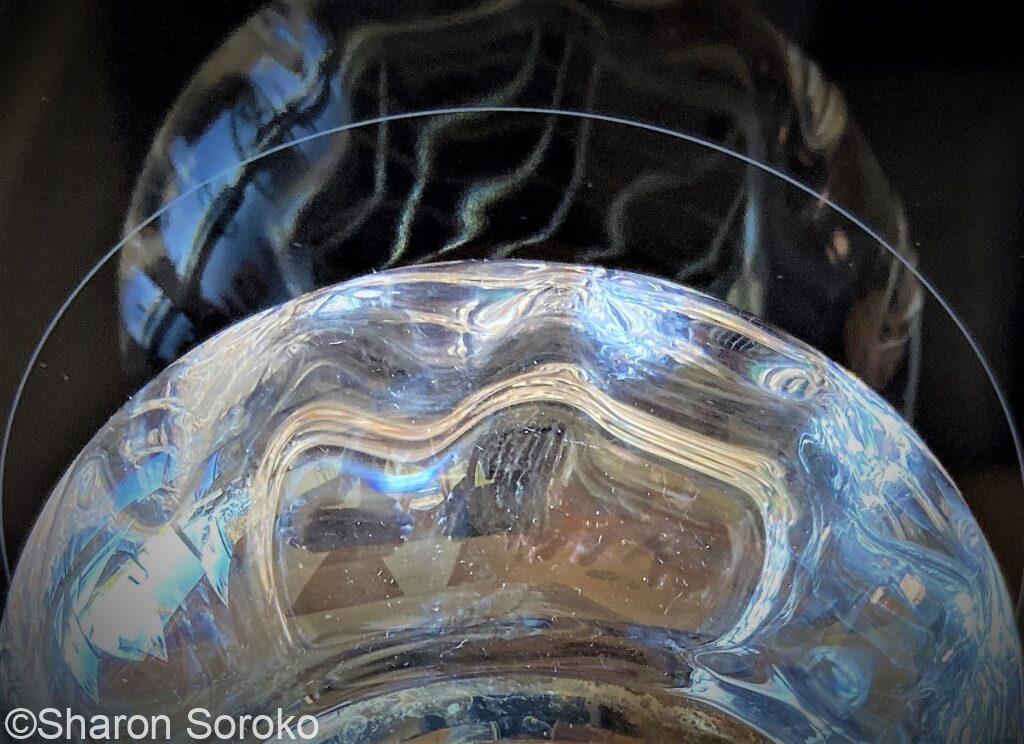The UCSD Photography Interest Group met at 2pm July 19th via Zoom to discuss various photography topics, interests and share photos related to this month’s themes – Water & 4th of July. Inspired by Gary’s kayaking trip to Canada, I thought water would be a broad & easy theme. Plus the 4th of July and related events such as the San Diego Fair at Del Mar were happening between meetings.
We started the photo-sharing part of the meeting at ~2:30, delayed 20mins by a discussion on potential photo excursions. The photos shared continued the lively discussion on gear and travel. The remainder of the meeting, till nearly 4:30, went by quickly.
This ‘photo-sharing-first’ format worked really well, with the photos’ backstories prompting dialogs about techniques, gear, and travel. Here are the photos organized by member:
Barbara Lowe








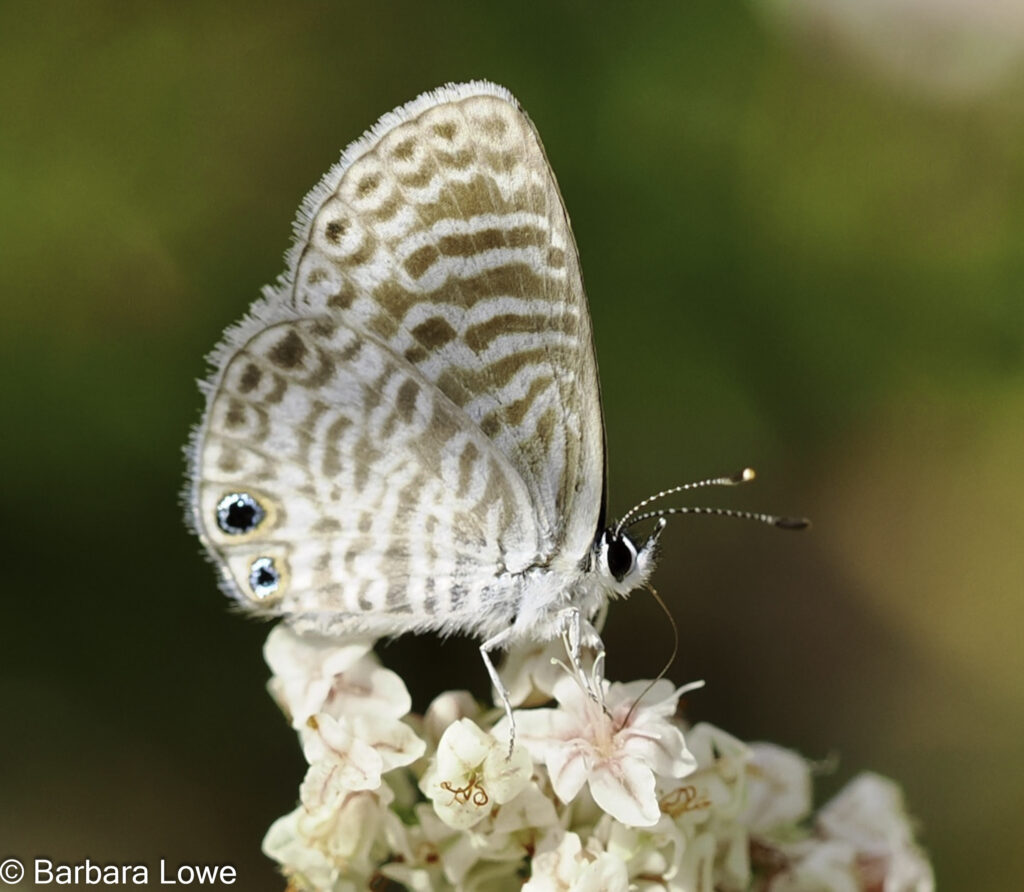


Cathy Presmyk







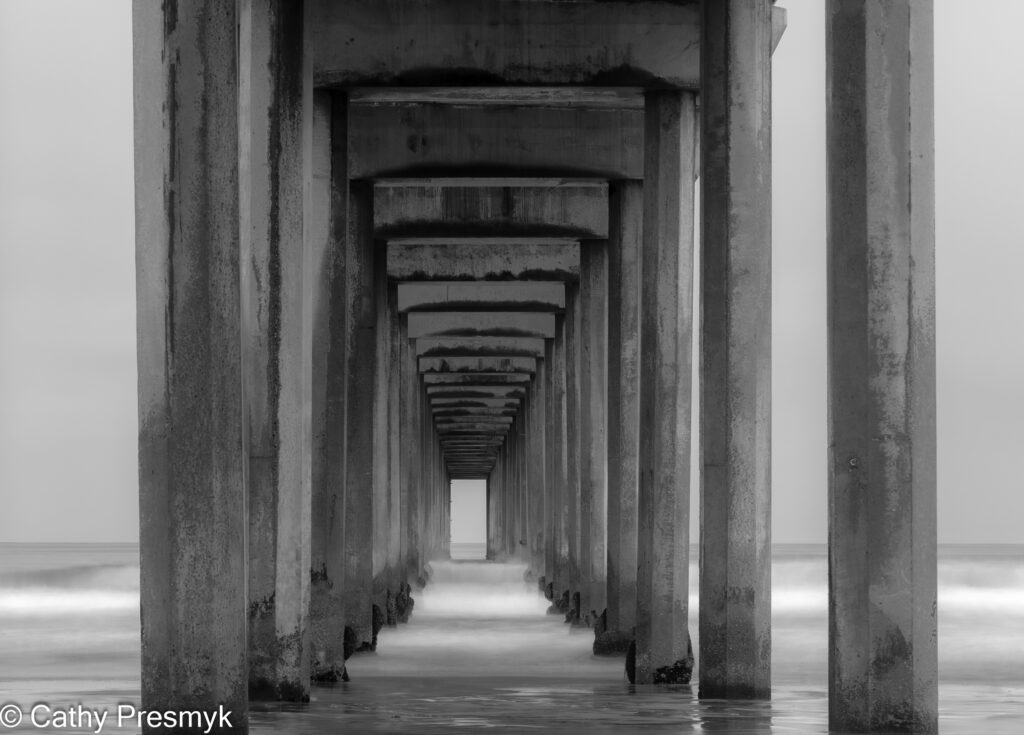

Gary Wellwood






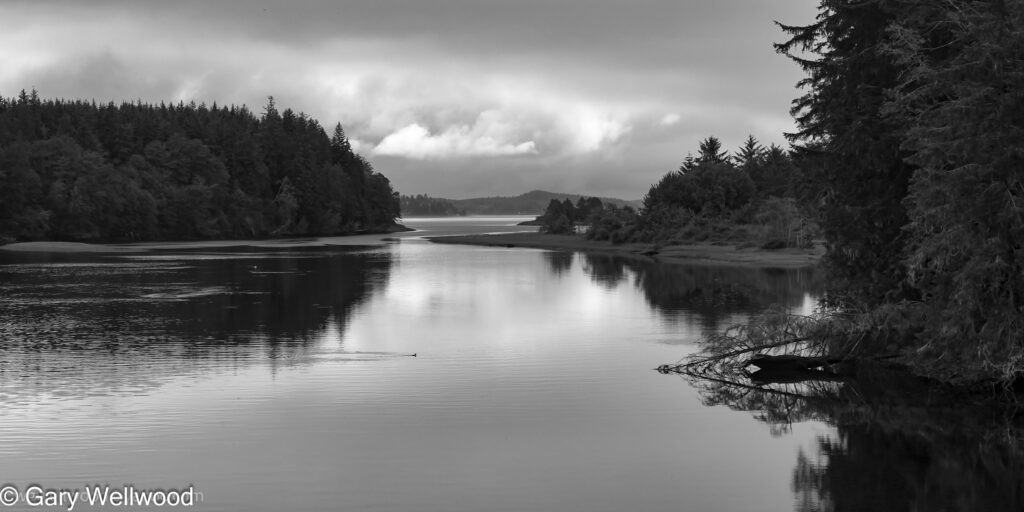





Jerry Vaughn






Sharon Soroko





Jim Wilkinson













